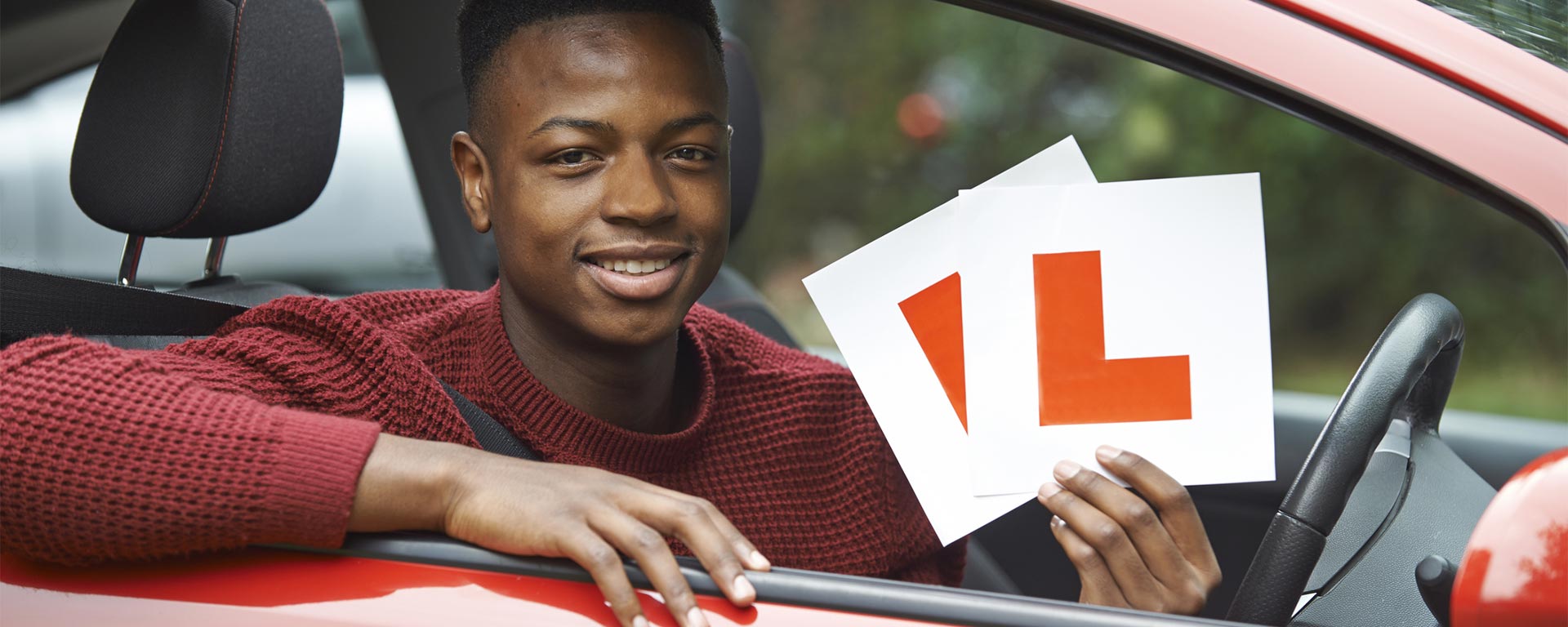One year on from the historic changes to the UK driving test in 2017, learner drivers all over the UK have been getting to grips with the new format. With the addition of different reversing manoevres, pulling up on the right, and a driving safety question while the vehicle is still moving, some of the changes were initially controversial. So, how has the new test been received one year on and can we learn anything from driving tests around the world? We investigate the issue with the help of Motorparks, retailers of used Mazda and other prestige vehicles…
How have the changes been received by the public?
Speaking in support of the changes, Andrew Jones, Britain’s Transport Minister stated: “Our roads are among the safest in the world. However, road collisions are the biggest killer of young people. These changes will help us to reduce the number of people killed or seriously injured on our roads and equip new drivers with the skill they need to use our roads safely.”
Speaking as the driving test alterations were being announced, the chief executive of the DVSA Gareth Llewellyn pointed out: “DVSA’s priority is to help you through a lifetime of safe driving. Making sure the driving test better assesses a driver’s ability to drive safely and independently is part of our strategy to help you stay safe on Britain’s roads.
“It’s vital that the driving test keeps up to date with new vehicle technology and the areas where new drivers face the greatest risk once they’ve passed their test.”
The alterations also had the support of the British public. Ahead of the changes being put into place, a public consultation involving more than 3,900 people occurred. During the consultation, 88.2 per cent were behind the move to increase the independent driving part of the examination. 78.6 per cent were in favour of the adjustments to the reversing manoeuvres, 78.4 per cent backed the introduction of a show me question while someone sitting a driving test was behind the wheel, and 70.8 per cent gave a thumbs up to candidates having to follow directions from a sat nav.
So, how have people reacted to the changes one year on? In their Driving test changes in 2017: impact summary report, the DVSA recorded that 81.2 per cent of new drivers believed the driving test now prepared them for driving on Great Britain’s roads. The report also acknowledged that 86.3 per cent of new drivers now use a sat nav at least some of the time when they are driving. 86.2 per cent felt confident that they can drive safely while following directions provided to them via one of these gadgets.
How could future driving tests be improved?
The DVSA could take inspiration for future driving test changes from driving tests around the world. Here’s three ideas…
1. Driving at night
Most of us will be used to driving after dark, whether it’s to commute to and from our jobs or just heading home from a late-night trip. However, road casualty statistics reported on by the Royal Society for the Prevention of Accidents reveal that 40 per cent of collisions will be recorded during the hours of darkness.
In Sweden though, people who are learning to drive get to grips with being behind the wheel when it’s dark by taking compulsory night-time driving sessions. Even if they pass their driving test during the summer, many motorists in this part of Scandinavia will seek out a driving school throughout the winter months to undergo a night-driving course.
2. Checking your car for leaks
In South Africa, those sitting a driving test can fail their examination even before they get behind the wheel of a vehicle. This is because one reason for failure is a driver forgetting to check under their car for any leaks.
A motorist in the south-east London district of Chislehurst certainly could have benefitted from carrying out this procedure, after The Express reported that the driver was fined more than £1,000 for damage after their car leaked oil when it was parked up.
It’s not just oil that can leak from a vehicle either. Motorists should also be regularly checking that their set of wheels isn’t leaking antifreeze, fuel, brake fluid, transmission fluid, power steering fluid, windscreen washer fluid or water.
3. Extra help for nervous drivers
According to a major report by the University of Cambridge which was published in the medical journal Brain and Behavior, over eight million people across the UK suffer from some sort of anxiety disorder.
Taking a driving test can obviously be a stressful time, with chief driving examiner Lesley Young offering these words of advice to The Sunday Times’ Driving segment: “It’s normal to be nervous before your test, but if you’re properly prepared and your instructor thinks you’re ready, then there’s really no reason to worry. Your examiner’s not trying to catch you out; they just want to make sure that you can drive safely.”
To help anxious drivers even more though, the Netherlands may have a perfect solution. Driving test candidates across that country can request a faalangstexamen — an examination that is carried out by an examiner who is trained specifically to deal with those sitting a test who feel very nervous.
We’ll have to wait and see if any of these ideas make it into the driving test of England, Wales and Scotland in the months and years to come. If you’re preparing to sit an examination soon though, we wish you the best of luck!

